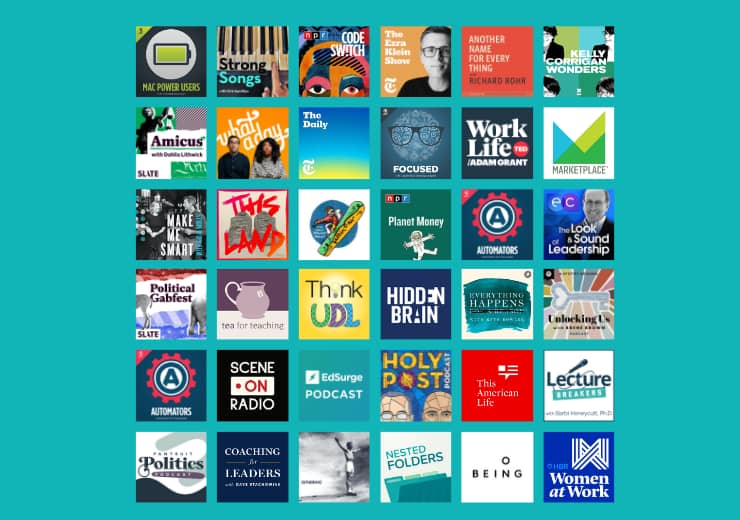The 23rd World Insights
Exploring the untold stories and events from around the globe.
Podcasting: The New Wave of Storytelling
Discover how podcasting is revolutionizing storytelling! Dive into the art of audio narratives and unlock your creative potential.
The Rise of Podcasting: How It Transformed Storytelling
The rise of podcasting has revolutionized the way we consume stories and information, making it more accessible than ever before. With the advent of smartphones and digital platforms, audiences can now enjoy a myriad of content on-the-go. From true crime tales to deep-dives into historical events, podcasting offers a diverse range of genres that cater to different interests. This transformation in storytelling not only engages listeners in a personal way but also allows creators to express their narratives without the limitations often imposed by traditional media. As a result, the podcasting medium has emerged as a powerful tool for storytelling, enabling new voices and unique perspectives to reach audiences worldwide.
Furthermore, the interactive nature of podcasts fosters a sense of community among listeners. Many shows encourage audience participation through social media and listener feedback, creating an environment where stories can evolve based on audience reactions. This engagement is complemented by the intimate format of podcasts; they provide a sense of closeness, as listeners are invited into the personal thoughts and experiences of the host. In essence, this shift towards a more conversational and relatable style of storytelling not only humanizes the narrative but also strengthens the bond between the creator and their audience, paving the way for the future of storytelling in the digital age.

5 Key Elements of Engaging Podcast Narratives
Creating engaging podcast narratives requires a keen understanding of your audience and a compelling story structure. The first key element is character development. Listeners need to connect with the characters or hosts, understanding their motivations and struggles. A strong character arc can transform a simple story into an immersive experience. Additionally, incorporating sound design can elevate the narrative. Background sounds, music, and effects help paint a vivid picture and enhance emotional engagement.
The second vital element is tension and conflict. Every great narrative thrives on challenges that the characters must face, capturing the listener's attention and keeping them invested. Another critical component is pacing. Varying the tempo keeps the audience engaged; moments of high energy should contrast with quieter, reflective segments. Finally, don’t underestimate the power of a strong conclusion. Leaving your audience with a thought-provoking closing thought or question encourages them to reflect on the episode and boosts the likelihood of them returning for more.
Is Podcasting the Future of Storytelling? A Deep Dive
As we delve into the question of Is Podcasting the Future of Storytelling?, it's essential to recognize the meteoric rise of this medium. Podcasts have transformed the way we consume narratives, allowing listeners to engage with stories in a more intimate and personal manner. Unlike traditional media, podcasts offer a unique combination of accessibility and creativity, enabling storytellers to reach diverse audiences without the constraints of time or location. This evolution has led to a surge in podcast production, with a wide range of genres and themes that cater to various interests, illustrating that the future of storytelling is increasingly digital and auditory.
Furthermore, the interactive nature of podcasts fosters a deeper connection between creators and their audiences. Through platforms that allow for listener feedback and community engagement, podcasts have redefined the storytelling experience. Additionally, the emotional resonance of a storyteller's voice can evoke powerful imagery and connections, proving that audio storytelling can be just as impactful—if not more so—than its visual counterparts. In summary, as we navigate the landscape of modern media, it becomes clear that podcasting is not just a trend; it is a vital evolution in storytelling that is likely to shape the future of how we share and experience tales.